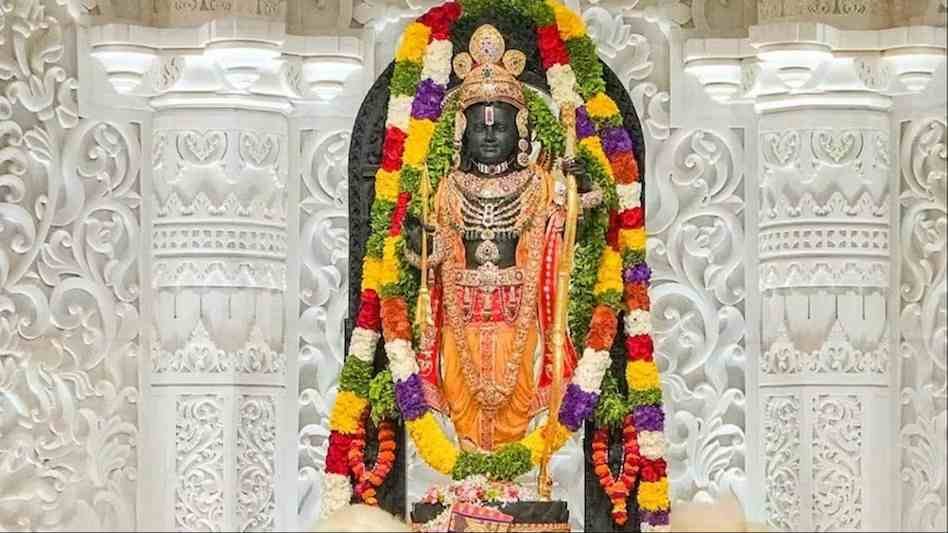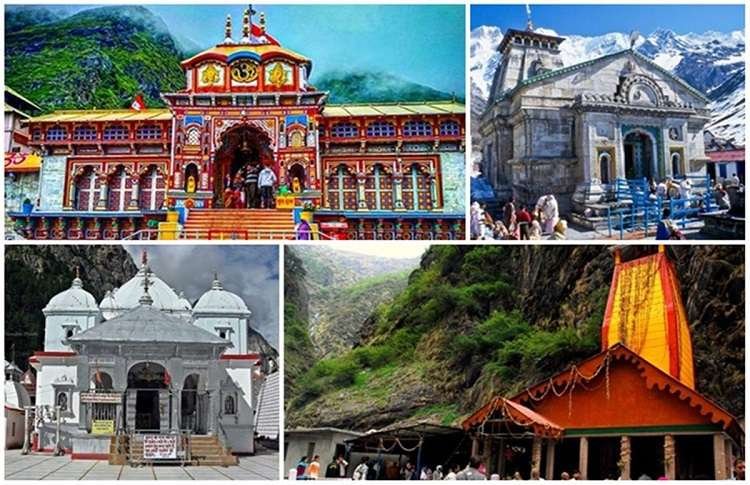The Ram Mandir in Ayodhya, Uttar Pradesh, is a symbol of faith, heritage, and a testament to enduring devotion. The temple, dedicated to Lord Ram, holds a special place in the hearts of millions of Hindus worldwide. Visiting Ram Mandir Ayodhya is not just a religious pilgrimage but a journey into the rich cultural and historical tapestry of India. In this blog, we explore the significance of visiting Ram Mandir, what to expect, the economic and tourism impact, and how to reach this spiritual destination.
Historical and Religious Significance
Ayodhya, believed to be the birthplace of Lord Ram, is one of the seven sacred cities in Hinduism. The Ram Mandir, located at the site traditionally considered to be Lord Ram’s birthplace, stands as a symbol of his life and teachings.
- Historical Context: The site has been a focal point of devotion for centuries. The Ram Janmabhoomi movement, which sought to construct a temple dedicated to Lord Ram, culminated in the Supreme Court of India’s landmark verdict in 2019, paving the way for the construction of the Ram Mandir.
- Religious Importance: For devout Hindus, visiting the Ram Mandir is a way to honor Lord Ram, the embodiment of virtue, righteousness, and dharma. The temple serves as a place for reflection, worship, and connecting with the divine.
Economic and Tourism Impact
The construction and inauguration of the Ram Mandir have had significant economic and tourism implications for Ayodhya and the surrounding region.
- Economic Boost: The development of the Ram Mandir has led to increased investment in infrastructure, including roads, hotels, restaurants, and other amenities. This growth has created numerous job opportunities for local residents, stimulating the regional economy.
- Tourism Growth: Ayodhya has seen a substantial rise in domestic and international tourists since the construction of the temple began. This influx of visitors has boosted local businesses, from hospitality services to retail and transportation. The temple is expected to become one of India’s major tourist attractions, drawing millions of pilgrims and tourists annually.
- Cultural Heritage: The increased attention on Ayodhya has also highlighted its rich cultural and historical heritage. Tourists visiting Ram Mandir often explore other significant sites in the city, such as the Hanuman Garhi, Kanak Bhawan, and the various ghats along the Saryu River, enriching their overall experience.
 Source: savari
Source: savari
How to Reach Ayodhya
Reaching Ayodhya has become more accessible with improved transportation facilities. Here’s how you can plan your journey:
- By Air: The nearest airport is Chaudhary Charan Singh International Airport in Lucknow, about 135 kilometers from Ayodhya. From the airport, you can hire a taxi or take a bus to reach Ayodhya.
- By Train: Ayodhya has its own railway station, well-connected to major cities like Delhi, Lucknow, Varanasi, and others. Regular trains ply to and from Ayodhya, making it a convenient option for travelers.
- By Road: Ayodhya is well-connected by road. National and state highways link Ayodhya to major cities. You can opt for state-run or private buses, or drive yourself. The journey offers scenic views of the countryside, adding to the overall experience.
What to Expect
When visiting Ram Mandir, here’s what you can look forward to:
- Architectural Splendor: The temple’s architecture is a blend of traditional and modern elements, showcasing intricate carvings and grand structures that are awe-inspiring.
- Spiritual Atmosphere: The temple complex exudes a serene and spiritual ambiance. Devotees can participate in various rituals, offer prayers, and meditate in the peaceful surroundings.
- Cultural Insights: Engaging with the local culture, tasting the regional cuisine, and participating in local festivals and events can provide deeper insights into the heritage of Ayodhya.
Visiting Ram Mandir Ayodhya is a multifaceted experience that goes beyond religious devotion. It is a journey into India’s rich cultural heritage, a boost to the local economy, and a testament to the enduring power of faith. Whether you are a pilgrim seeking spiritual solace or a tourist exploring the historical and cultural treasures of Ayodhya, the Ram Mandir offers a profound and enriching experience.







